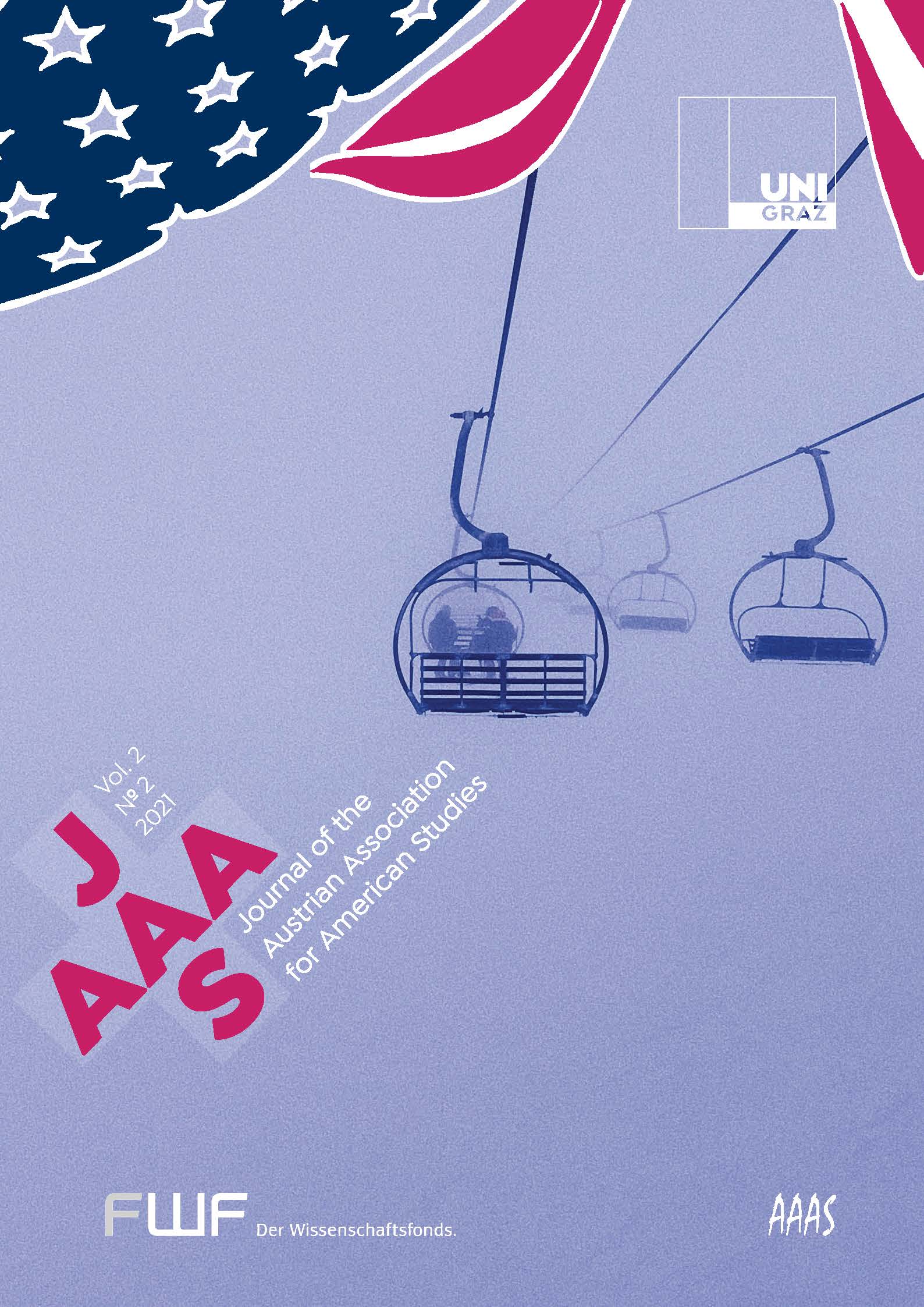Mediating Mountains: Introduction to the Special Issue
Mountains confront us in many guises. They visualize space and provide geopolitical orientations that address questions of historical, cultural, social, national, and individual identities. Mountains are subjects of philosophical reflections, environmental meditations, and ecocritical ontologies. They serve as a means of spiritual invigoration, scientific experimentation, medical therapy, and recreation. They are sources and resources of technological and artistic innovations, human and nonhuman exploitations. Mountain spaces are often borderlands, contested zones of imperial expansion, war, and migration. They are sites of tourism and industrialization, deposits of waste, and repositories of cultural memory; their forms are shaped and reshaped through processes of cultural and geological erosion. This polymorphous and fluid nature turns mountains into a dynamic medium that both reflects and grounds subjectivities. Mountains may also be conceived of as what Timothy Morton calls "hyperobjects" that affect the very ways we come to think about existence, earth, and society. This special issue sets out to examine the cultural and aesthetic malleability of mountains.

